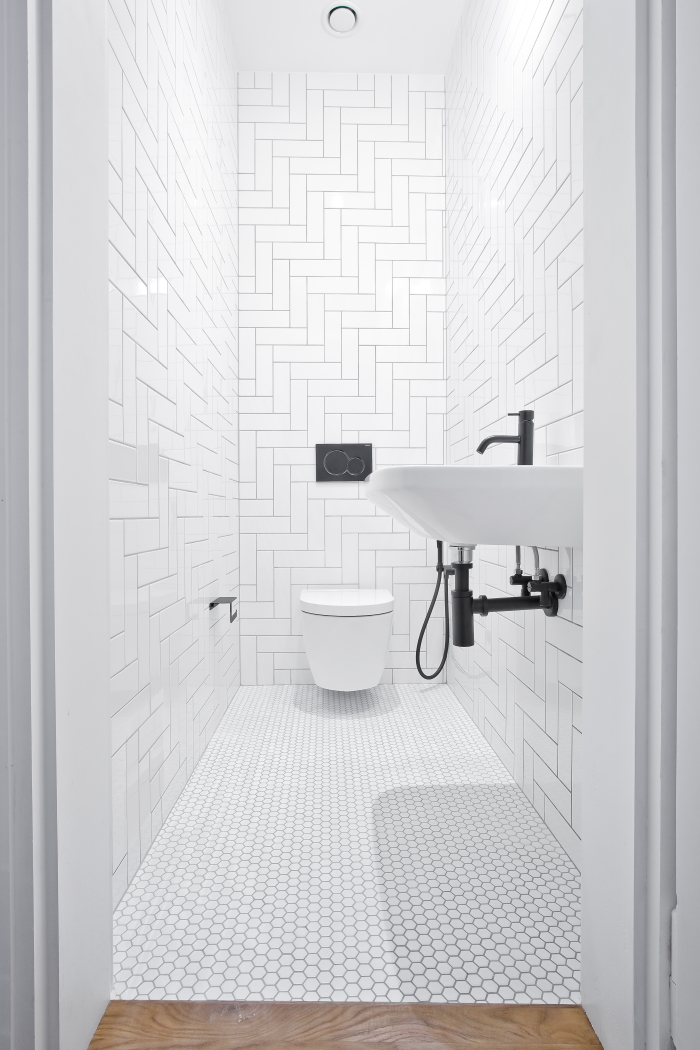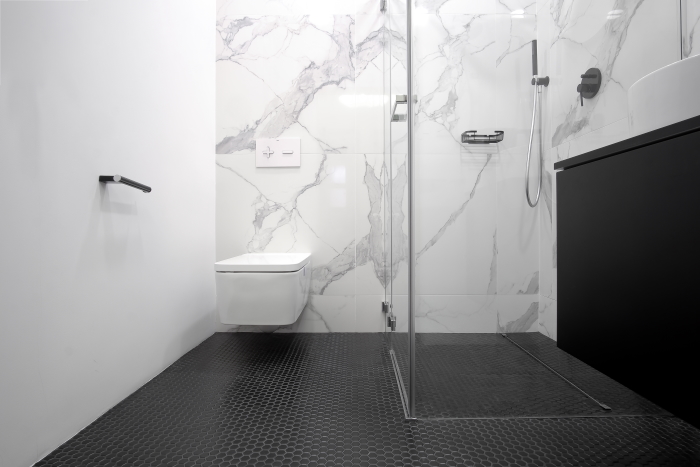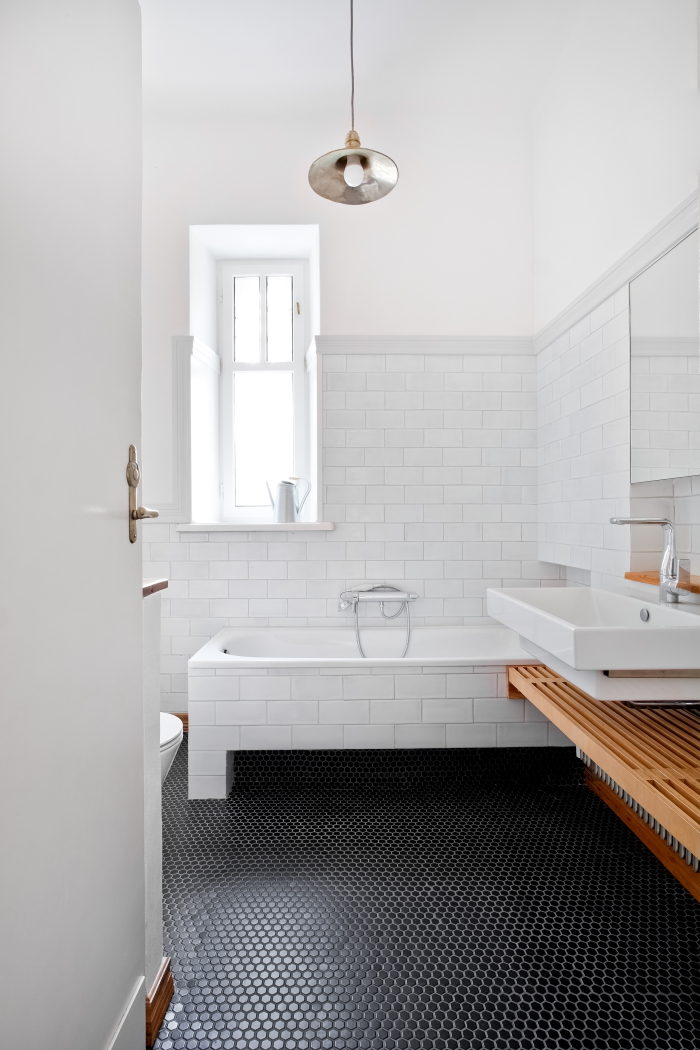Kitchen tiles for the floor, mosaic/tiles
The tiles that adorn the floor of our kitchen must be not only aesthetically pleasing but also should have functional properties, be resistant to mechanical damage (including abrasion), as well as to dirt and cleaning agents that we use every day. Let's see what manufacturers offer in the field of kitchen floor tiles.
Hard tile is the right tile
If we are discussing floor tiles, whether these are tiles for the kitchen, which is the topic here, or for the bathroom or living room, we must emphasize that their hardness is very important. Why? For a simple reason. A hard tile is more resistant to mechanical damage, scratches and abrasion. For the kitchen, we should choose tiles with a hardness of six to eight on the Mohs scale. We will then not anxiously track every newly formed scratch, because our floor will be more resistant to damage resulting from, for example, dropping a heavy pot, plate or cutlery, which happens quite often in the kitchen. Speaking of hardness, it is impossible not to pay attention to the degree of abrasion. Let's equip ourselves with floor tiles with abrasion class III, and we will be sure that our floor, even in places exposed to greater wear, i.e. in the area of the working triangle, whose arms connect the refrigerator, sink and countertop, and in the vicinity of the table, will retain the same properties and uniform color.

Cleanliness is key
If we like cleanliness and do not have time for hours of cleaning, avoid tiles with distinct pores and indentations. Otherwise, our floor will be more susceptible to dirt and grease absorption. We advise against using glaze and terracotta on the floor, we recommend stoneware instead, characterized by high hardness and low water absorption. Technical parameters are not the only criterion that affects maintaining cleanliness in our kitchen. The color of the tiles is equally important. It is worth realizing that dirt is much less visible on light tiles than on dark tiles, where every speck of dust is visible.

Aesthetic qualities
There is currently a very large selection of floor tiles on the market, differing in format, texture or color. We really have a lot to choose from, just know what end result we want to achieve. Remember that in small kitchens, light-colored floor tiles of larger sizes work well, as they will optically enlarge the room. Let's not overdo it with the design, if we want to liven up a uniform space, let's decorate single-colored tiles with a decor in the form of a mosaic strip dividing, for example, the dining area and the cooking and baking area.



